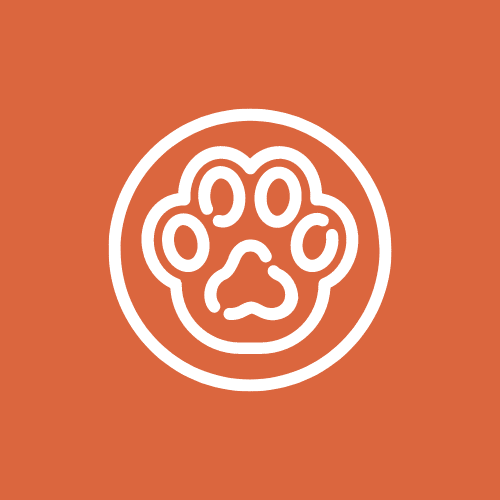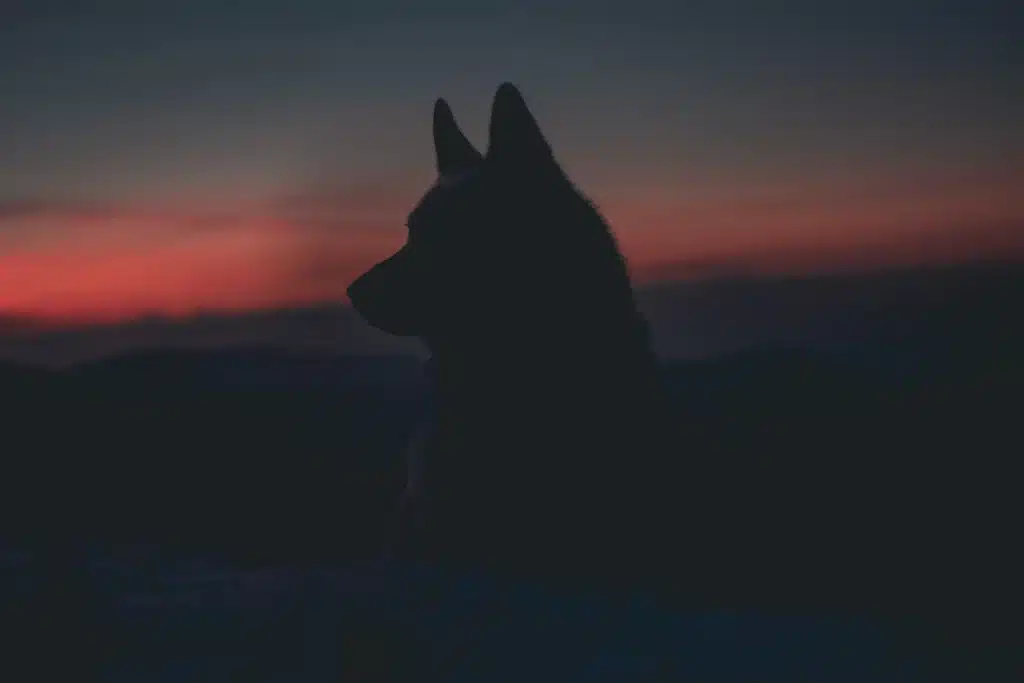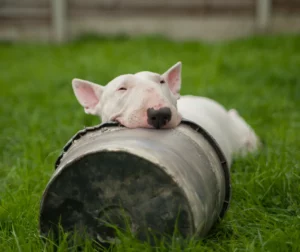The origins of dogs are a rather complex subject that includes several theories. It is important to know its origins to better understand our beautiful bond with them. It is also a very good way to learn more about genetic evolution.
To this day, the domestication of the wolf is an area still questioned by scientists. Unfortunately, it is difficult to know its exact origins, since there are several controversial hypotheses in the scientific community.
The Coevolution Theory
Scientific studies on the origins of dogs show that wolves were tamed more than 135,000 years ago! The domestication would have been done unconsciously because of coevolution which is the predominant theory to this day. This means that humans did not choose to domesticate wolves by capturing them.
The coevolution theory is that wolves were tamed by accident. This would be due to groups that have formed at the edge of human society. In this way, the most daring and curious wolves ate the hunting leftovers that humans left around the village. Over time, we grew closer, acclimating to each other’s presence.
The origins of domestication would be that we used wolves’ fur and collected their pup. These young wolves would then have been raised by humans, which favored their socialization. Still, it’s unclear how wolves separated from their relatives.
However, this is only a hypothesis since there is no archeological evidence. It is still the one that is the most plausible according to the scientific community.
The First Days
The dog would be the first species to be domesticated in human history. What is amazing is that we would have domesticated dogs twice! This is due to genetic evidence that demonstrates when dogs diverged from wolves.
In Asia, the oldest ones resembling the modern dog date back more than 14,000 years ago. In addition, archeologists have found traces of dogs in Germany that are over 16,000 years old. This means that dogs would have already been domesticated in Europe before arriving in Asia.
It could also be that the line of German dogs died out and that the dogs we know today originated in Asia. This is why scientists believe that dogs would have been domesticated twice.
The Evolution of the Wolf
The hunting instinct of the dog, which is also called prey drive, obviously comes from its ancestor the wolf.
Over time, this instinct has been altered, since herding is a modified form of hunting. Specifically, dogs stalk prey but do not complete the natural sequence. That is to say, they will not chase their prey or kill it.
Thus, guarding and herding is the first useful work they have done for humans.
The First Records of Dog Training
Humans have been training dogs for centuries dating back to the Roman Empire. They used dogs for herding. They also walked with soldiers into battle.
An ancient Roman manuscript describes how puppies were bred and trained for breeding. The harder-to-train dogs ran away. So there was a selection process for trainable dogs. As the Romans spread across Europe, they brought their dogs with them. At the same time, they spread their knowledge about breeding working dogs.
The Celts also had a great influence on several breeds of working dogs, such as sheepdogs. They sold, bred, and traded dogs while traveling across Europe.
Humans have influenced dogs’ behavior for almost as long as they have been domesticated.
Man’s New Friend
Dogs are now used to herd livestock, but also for hunting. While humans relied on dogs’ instincts, there was likely some modification in their behavior. This evolution made it possible to carry out necessary tasks.
These dogs lived off leashes or fences, so those who didn’t respond well to training could just run away. They then had to survive in nature.
Although the food was not yet used to train dogs, they were fed by humans. The remaining dogs were generally well-fed with table scraps.
Some researchers believe that nomadic tribes might not have been able to become sedentary without dogs. In particular, they served as a living fence to protect livestock, so that they could be raised.
Movies That Popularized Dogs
As society evolved, dogs no longer served as means of survival. So they began to take on new roles.
In the 1600s and 1700s, there was the appearance of the first dog shows. They allowed owners to show off their well-trained dogs. In addition, certain events at the beginning of the 20th century solidified the idea that dogs are well-behaved pets.
– Rin Tin Tin
In 1922, a soldier found a terrified puppy in a coat during World War I. This dog named Rin Tin Tin went on to star in 27 Hollywood movies. The German Shepherd impressed the world with his skills and contributed to the success of Warner Bros.
– Lassie
In 1938, a story about a boy and his Collie won the hearts of the public. This story turned into a novel, then a film, and a television series.
These stories impressed the audience with this dog acting strangely more like a human than a dog. Thus, these films had a great impact on the dogs’ popularity by leading the public to desire their own well-trained dog.
Bibliographic Sources:






